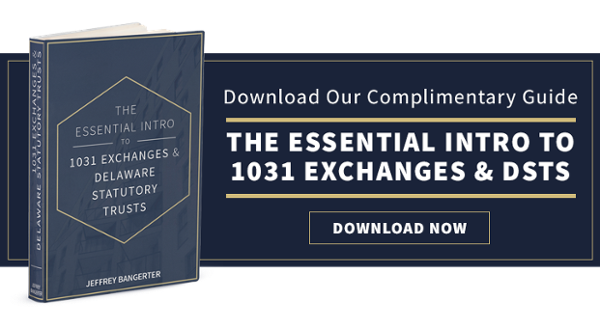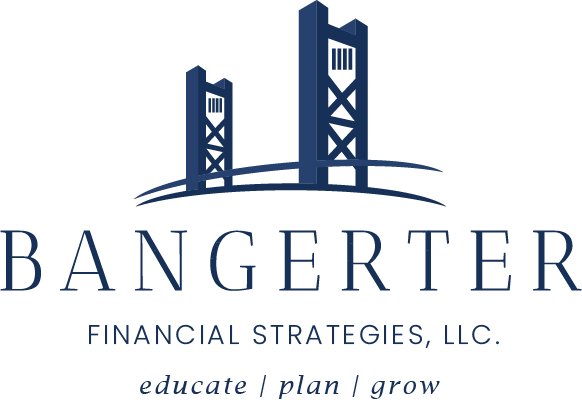Most investors who are familiar with the 1031 Exchange, know it as an investment structure that enables an investor to defer capital gains tax on the appreciated value of a real estate investment property. And this is certainly one of the most attractive benefits an exchange offers, but it is not the only one. In fact, there are several strategic reasons why a 1031 exchange might appeal to prospective investors, and in this post, we look at a few of those.
1. Tax PlanningWhile we believe investors considering a 1031 exchange would be wise to always view this type of transaction as an investment first and foremost, the attractiveness of an exchange is often rooted in its preferential tax treatment on capital gains. Investors who enjoy the income benefits of privately-owned investment real estate are likely to continue investing in similar income-producing properties and the 1031 exchange allows them to do so without incurring capital gains tax on appreciated property values.
In many cases, the investor can sell an under-performing or overpriced property and exchange it for a higher quality property with greater income potential. Because the investor does not incur capital gains tax on the sale of a property, he is able to put more money to work when investing in the new property. This is considered by many to be one of the most important benefits of the 1031 exchange.
2. Portfolio Diversification
Next to stocks and bonds, real estate is commonly recognized as the third largest asset class in the world. Due to the size and diversity of the commercial real estate industry, many investors consider an allocation to this asset class an important part of their investment portfolios. A common approach investors take in owning real estate is to invest in publicly-traded REITs (Real Estate Investment Trusts). REITs have historically shown to provide lower correlations to stocks and bonds, thus allowing for greater diversification within an investment portfolio.1 In addition, over time, REITs are recognized for providing superior risk-adjusted returns compared to other asset classes.
Privately-held investment real estate – the type of real estate that 1031 exchangers own – is another way to participate in the asset class. And for investors who may own both public and private real estate, they may even enjoy a greater degree of portfolio diversification.
Few investors would likely look at a 1031 exchange as an estate planning tool, but a little-known fact about an exchange is that upon the death of the investment owner, the heirs or beneficiaries of the owner’s estate inherit the property on a “stepped-up” basis. That means the property valuation is restated to fair market value at the time of death, wiping out any tax obligation to the IRS on the deferred gains that may have accumulated over time.
This is a powerful benefit for investors who hope to leave a legacy of investment property to heirs so they might potentially enjoy a similar income stream that the owner benefited from for years. And for suitable investors who use the Delaware Statutory Trust (DST) structure for their 1031 exchange, beneficiaries can inherit fractional interests in the inherited property, enabling them to make their own choices to either retain their investment or sell, thus avoiding conflicts that may otherwise arise with other beneficiaries.
We trust you have found this information helpful in understanding why the 1031 exchange is frequently used as a strategy by investors to help achieve several different objectives. If you have any additional questions, please give our Bangerter Financial team a call at 915-965-1879. We would be honored to assist you.
1 https://www.guggenheiminvestments.com





.png?width=273&height=103&name=Brokercheck%20(1).png)

Comments